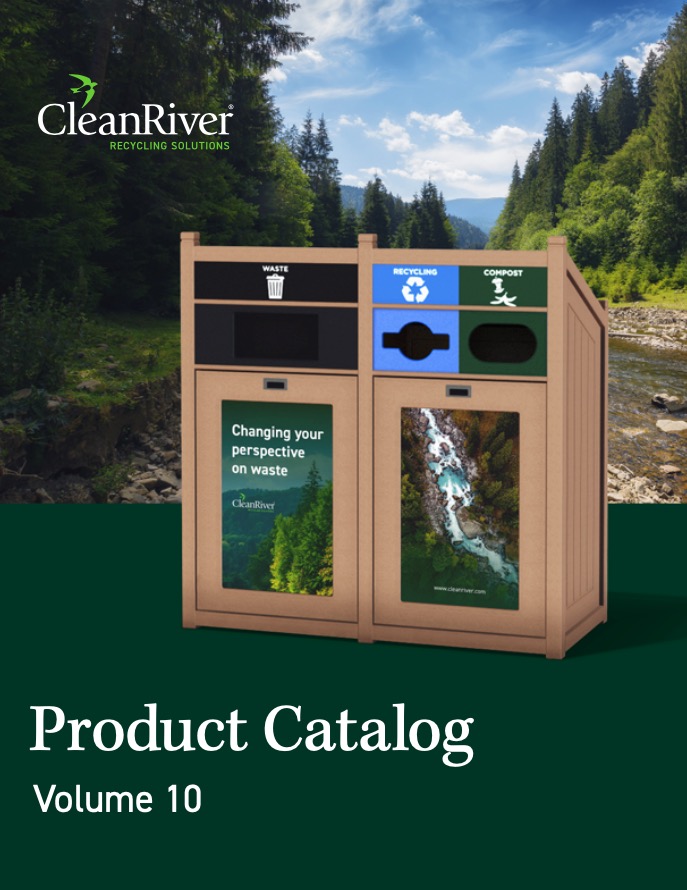Share
Recycling is good for the environment, but it’s also good for your bottom line. Often times the biggest barrier for implementing an effective recycling program is often the capital investment required. However, effective recycling programs can generate revenue for an organization and payback the initial investment in as little as 2 years.
One of CleanRiver’s clients, a major distribution company, generates more than $130,000 in annual recycling revenue and costs savings.
Here’s How:
- $70,000 in annual recycling revenue – including $55,000 from recycling stretch packaging film
- $59,000 in landfill avoidance costs
- $1,400 in revenue from their state bottle bill program
- $3,630 cost reduction on waste hauling fees (by recycling 100,000lbs of wood from broken skids)
- Generated $460 by recycling 7,329lbs of office paper
Setting up a profitable recycling program doesn’t have to be a daunting task. Below are 10 steps to help you implement an effective recycling program and realize all the potential benefits.
1. Identify All The Waste You Generate In Your Facility With A Waste Audit
Do a walkthrough of your facility and identify all the waste that’s discarded. When you look at the results of your walk through you’ll be surprised by what items are being tossed in the trash. For example, when Bruce Buchan, CleanRiver CEO, did a walk through at a university he discovered that due to custodial servicing schedules, toilet rolls were being changed before they had been finished, so there was a considerable amount of unused toilet paper being discarded. This was contributing to landfill waste, and increased facility costs.
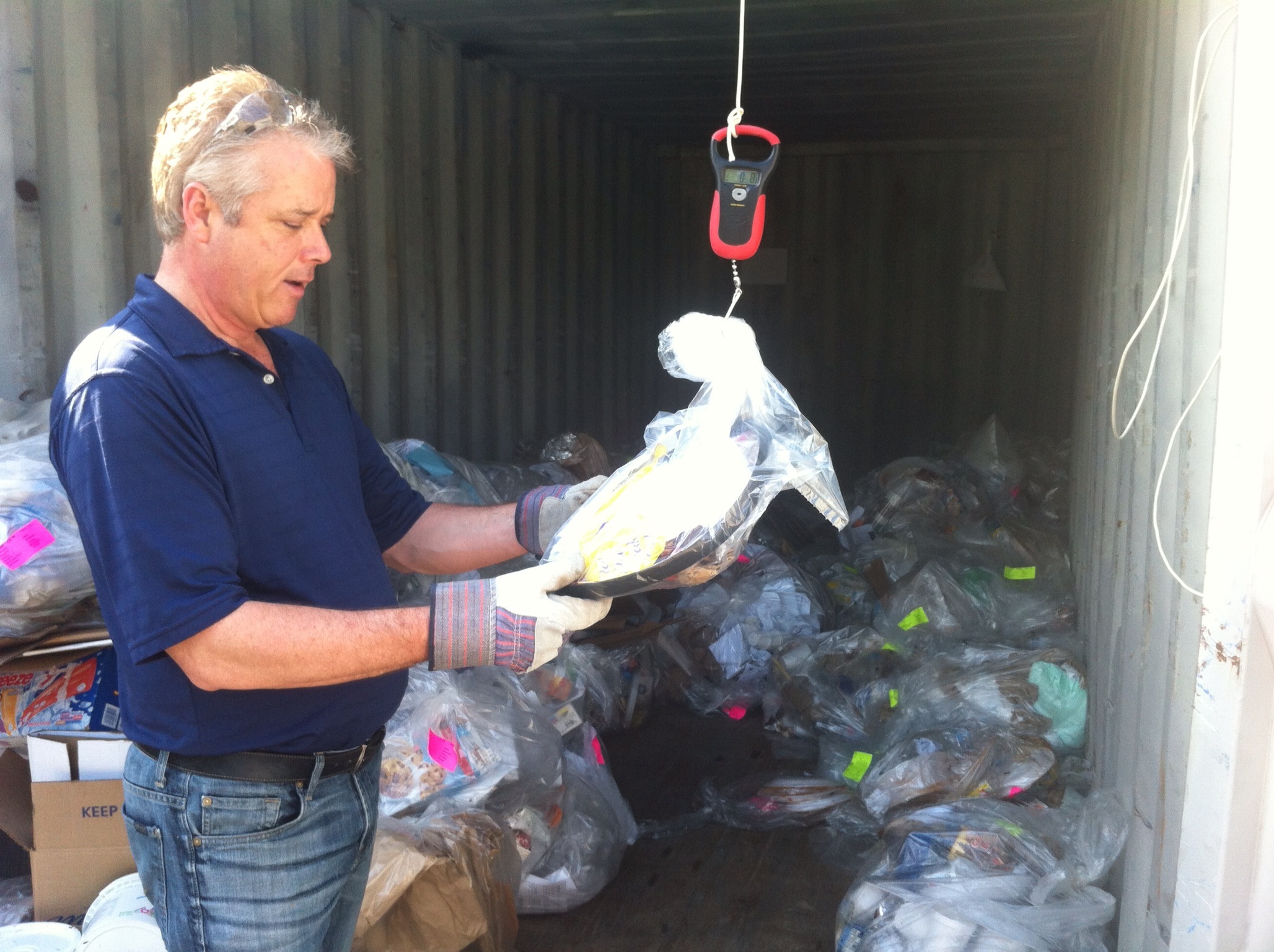
Another example is when Bruce did a walkthrough of a global manufacturing company, he noticed that they offered all employees free cereal. From his observations and subsequent discussions with the facilities leader, they discovered over 1,000 milk jugs were being disposed of weekly which was over 50,000 milk jugs a year. Milk jugs are one example of a waste product that has recyclable value.
For help conducting a waste audit of your facility, check out CleanRiver’s Waste Audit Toolkit.
2. Identify Quick Recycling Program Wins
When you’ve discovered opportunities to reduce or divert waste from your facility waste audit, identify the low hanging fruit. Using the toilet paper story as an example, change the service contract so that rolls are only changed when empty rather than being tossed out at every service. This would also bring you one step closer to making money with your recycling program as you would not be going through toilet paper so quickly. Or you may find that a lack of recycling bins in key areas means that recyclable waste is actually being tossed in the trash because there’s no other option.
Targeting the low hanging fruit also means you’ll have a success story to share within your organization which causes momentum and encourages people to participate in the recycling program.
3. Look At Your Waste Hauling Schedule
Often organizations are paying for daily pick up schedules when dumpsters are only half full. Determine how often the dumpsters are actually full and need emptying and then update your waste hauling contract respectively.
Monitor how full your waste and recycling bin is at the end of each day using a chart like the ones below to determine whether you can save money on waste hauling fees. If your bins are being emptied when they’re not full, adjust your waste collection schedule accordingly.

In the example above, the organization was having daily pickups whether their containers were full or not. By simply changing their pickup schedule to when their bins were actually full, the company saved 43% in hauling fees. Here’s how:
Average pick up @ $25
Before: 7 x $25 = $175/wk = $9,100/ year
After: 3 x $25 = $75/wk = $3,900 / year
Savings: $3,90 per year (43% saving)
Your facility’s waste may be seen as a valuable raw material to another organization. In the case of the CleanRiver client, they are a distribution company, so they accumulate a lot of plastic film packaging and wooden skids. They identified local partners who wanted these materials for their raw material processes and therefore were able to begin making money from their recycling. The skids are used by a local company who makes them into wood pellets for fire stoves. The plastic film is incinerated to generate energy for manufacturing processes.
4. Determine What Waste Can Be Reused/Repurposed
If your facility produces a high volume of organic waste you may be able to partner with a local biodigester company who use organic waste to produce methane that powers generators that create electricity.
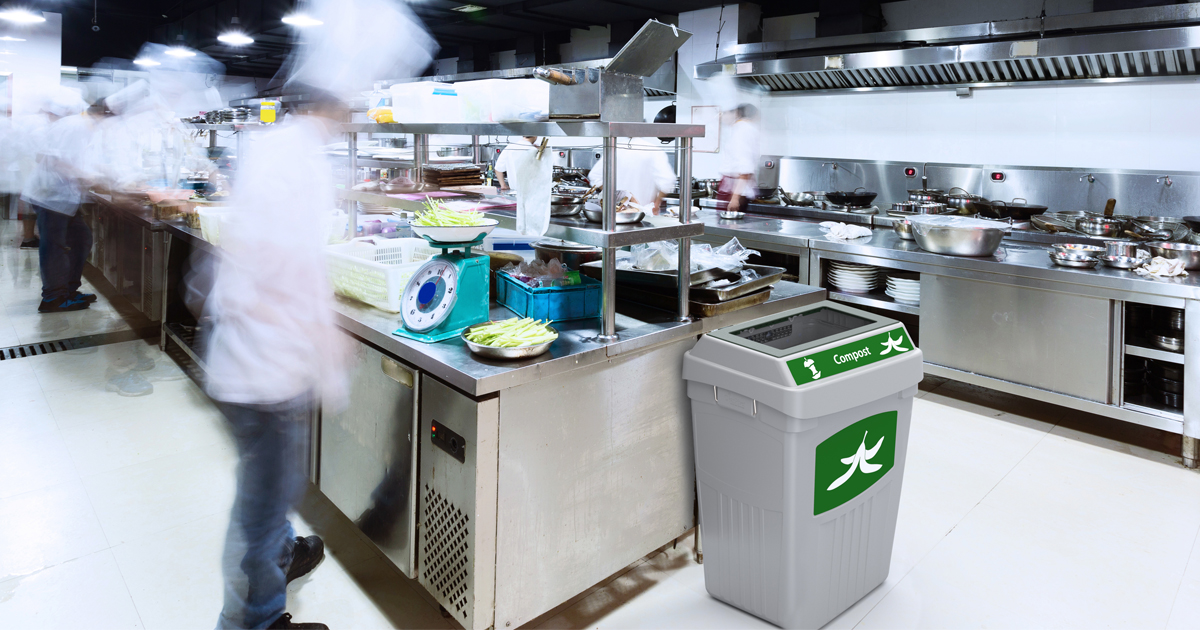
5. Make Changes In Your Food Service Offering
Organizations that have cafeterias for employees have the opportunity to reduce their landfill waste by revising supplier contracts to ensure that minimal packaging is used. You can also provide recyclable or compostable food service wear such as compostable plates, cutlery, and clamshells for items like sandwiches and salads. This can dramatically reduce the amount of landfill waste, which in turn reduces your waste hauling fees.

6. Research Any Available Recycling Grants In Your Area
Look for opportunities to generate funds through bottle bills, waste hauler rebates and government funded recycling grants. There are also organizations such as RecycleEverywhere in Manitoba, that provide free recycling bins for businesses, schools and residential use.

For help getting a recycling grant, check out our blog How to Get A Recycling Grant: Turn Your Trash into Treasure.
7. Create A Culture Of Sustainability
“Culture is the number one driver of effective recycling programs” says Bruce Buchan, CleanRiver’s Founder and CEO. “If senior management takes a position, it makes it easier to execute than when you hand the task off to other stakeholders. Transparency, advocacy and policy can make a huge impact on the success of a recycling program.”
It’s important to tell employees about your recycling program goals and what’s expected of them in terms of participating. When the Langley Events Centre implemented their zero waste program they trained their employees on the new program so they all knew what the goal was and how they could contribute to the program.
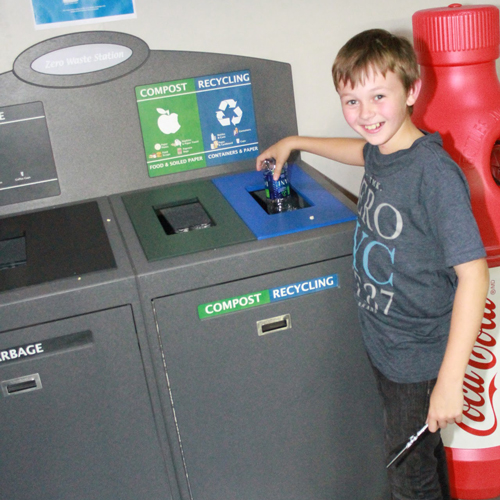
8. Purchase Recycling Containers With The Correct Number Of Streams
Once you’ve identified the waste you can divert from landfill via recycling and organics collection streams, you then need to purchase the right containers. Remember to look at the traffic flow in various areas of your facility. And where waste is generated. Meeting rooms, cafeterias, bathrooms, hallways and outside of the building are all typical locations for collection containers.
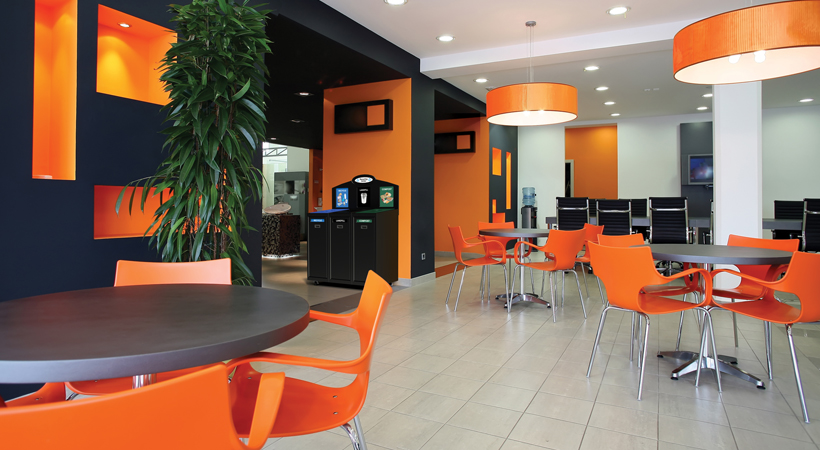
Make sure the recycling containers can collect multiple streams. You don’t want to use separate bins for each stream because they can become separated and then people either toss the waste on the floor or just in the nearest bin, rather than the correct bin.
Check out our blog How Many Different Bins Do I Need For My Recycling Program? For more help with purchasing the correct bins for your recycling program.
9. Make Sure Your Recycling Bins Have Effective Signage
When the Toronto Transit Commission implemented their recycling program they made sure that everyone knew about the program ahead of time. John Tran, Senior Construction/Service Contract Inspector says “An email was sent to each department head before they received the new bins, letting them know about the new “no waste office” program. This messaging was then trickled down to the employees.”
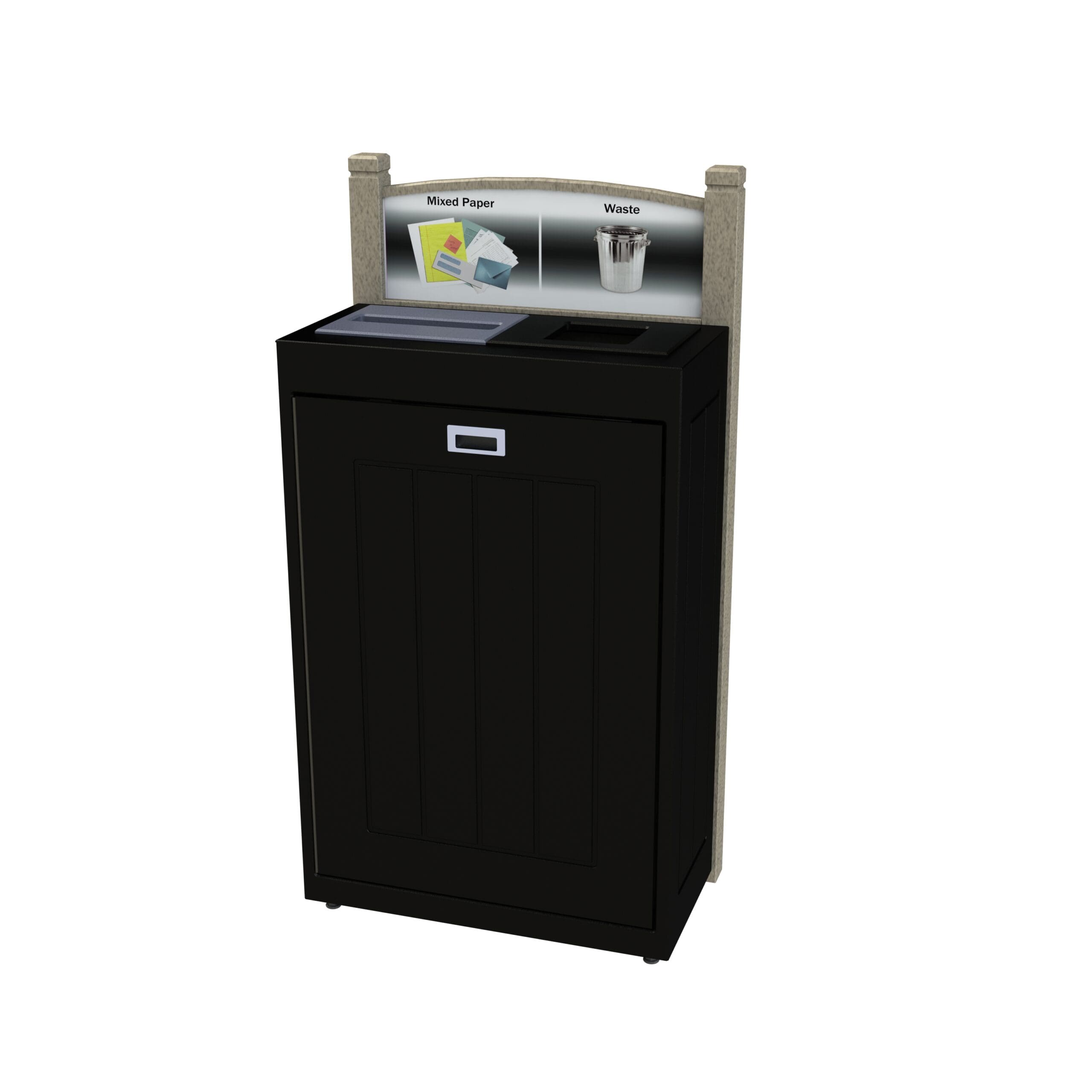
It’s important to make sure that the signage on the bins effectively communicates what people should toss in the bin. CleanRiver recommends using facility-specific images to help people identify how to use the recycling bins properly.
You can also use monthly team and department meetings to promote the recycling program, and let everyone know how you’re tracking to your goals.
10. Measure and Report on the Success of your Recycling Program
Continually monitor and report on the success of your recycling program. At CleanRiver, the Green Team conducts quarterly waste audits to check in on the progress of our program. The waste audits identify any opportunities to divert more waste from landfill and if there’s been any stream contamination.
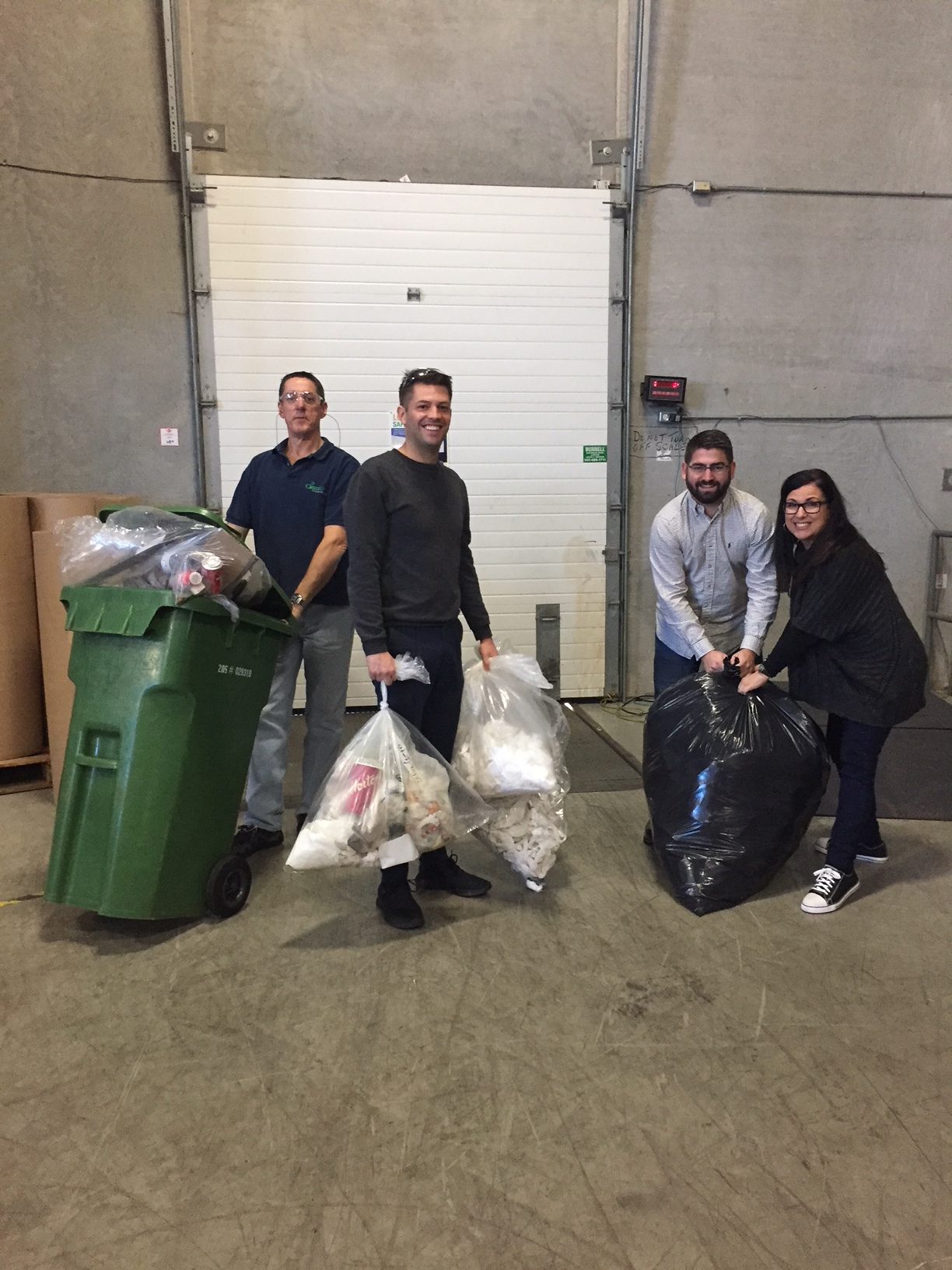
Post your results near your recycling bins or in central areas. People like to know how they can contribute and are motivated by success.
Set new goals to keep your program a focus for everyone within the organization.
You can do it too! Check out our blog Achieving ROI With Your Recycling Program for a breakdown of all the savings an effective recycling program can yield.
CleanRiver Recycling provides a variety of innovative, flexible and customizable recycling solutions. To determine the right solution to meet your needs, use the CleanRiver product selector.
If you have additional questions that weren’t answered in this blog post please call us at 1-888-646-4246 or email solutions@cleanriver.com.

